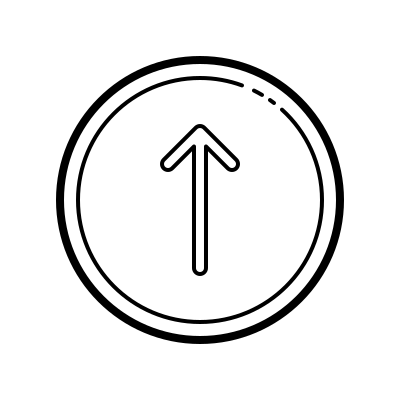
Education Framework
“Creativity is the process of having original ideas that have value.”
- Sir Ken Robinson
Photo by Şeyhmus Kino
Students and Teachers Ready To Act
One Target, Whole School
Every school, college, or university selects one SDG target as its shared commitment.
This isn’t a theme week or a poster campaign. It’s a focused decision to build purpose into learning; across classrooms, corridors, clubs, and conversations.
Done well, one target is enough to change how your school sees itself. Not by adding more… but by doing what matters, with intent.
You don’t need to follow UN reporting systems. You just show what’s real; through student-led action, staff-led visibility, and outcomes your community can stand behind.
What This Means For You:
Choose one SDG target that fits your school’s values or challenges
Embed it across subjects, student projects, and co-curricular life
Build evidence that’s visible, recognised, and worth sharing
Age Pathways: From Awareness to Action
Every age group engages differently, but meaningfully:
10–12 Years – Start with fairness.
Use stories, creative tasks, and empathy-based projects. Ask: What’s not fair? What could we change?
12–15 Years – Think deeper. Start leading.
Map systems, design projects, collaborate. Explore how things work and how they could work better.
15–18 Years – Connect ideas to action.
Run campaigns, present solutions, simulate hearings, document impact. Step into advocacy.
19–24 Years – Embed and expand.
Build partnerships. Mentor others. Integrate the target into research, placements, or campus systems.
Integration Layer: More Than One Subject
The SDG target isn’t siloed in a lesson plan. It shows up everywhere.
A school working on SDG 5.1 (end discrimination) might bring it into literature, PSHE, history, and drama.
A college focused on SDG 2.1 (end hunger) might explore it in science labs, economics, catering, or supply chain mapping.
The SDGs aren’t extra content. They’re real-world context.
ESG Law Layer: Rights You Can Teach
Students learn how law shapes the world, and how fairness isn’t just a value, it’s a system.
By age group, they explore:
Access, inclusion, and equality under law
The legal side of education, food, housing, and health
Simulated hearings, rights debates, and policy gaps
This isn’t civics in theory. It’s structural understanding; with real-world relevance.
Credly Badge Layer: Evidence That Counts
Recognition happens in stages:
Target Selected – Your school registers its target
Target Activated – You’ve documented early actions
Target Verified – You’ve shown sustained results
Students aged 13+ who contribute meaningfully earn their own Credly badges. These are verifiable, time-stamped, and ready to use in portfolios, applications, or institutional reporting.
This isn’t participation. It’s proof.
Visibility Layer: Share What You’re Building
Each school’s journey should be visible; to families, staff, and the wider community.
It might be a corridor wall, a short film, a classroom pin board, a student-run blog, or a live tracker on the school website.
The more visible it is, the more it becomes real, and the more people step in to support it.
Support That Saves Time, Not Adds It
Teachers already carry enough. This framework comes with ready-to-use tools:
Plain-English Target Snapshot Sheets (all 169 targets)
ESG Law Cheat Sheets for education themes
Lesson Packs for 10–12, 12–15, and 15–18 year olds
Student Prompt Cards for storytelling and action
Feasibility + Urgency Toolkit to help select the right target
It’s structure that supports ambition, not bureaucracy that delays it.
Why Now? Because Education Is Being Asked to Prove Its Purpose
Schools are under pressure; to connect learning with life, to justify time and budgets, to keep students engaged in a world full of urgent questions.
This framework gives you a clear answer:
You pick one target that matters
Your students take real action
Your school earns recognition through visible, shareable outcomes
This isn’t about adding complexity. It’s about adding credibility, and showing what education can do when it leads with purpose.
Ready to Act?
Register your school’s one SDG target at 169to1.com/education
Turn everyday learning into global recognition, one action at a time.

